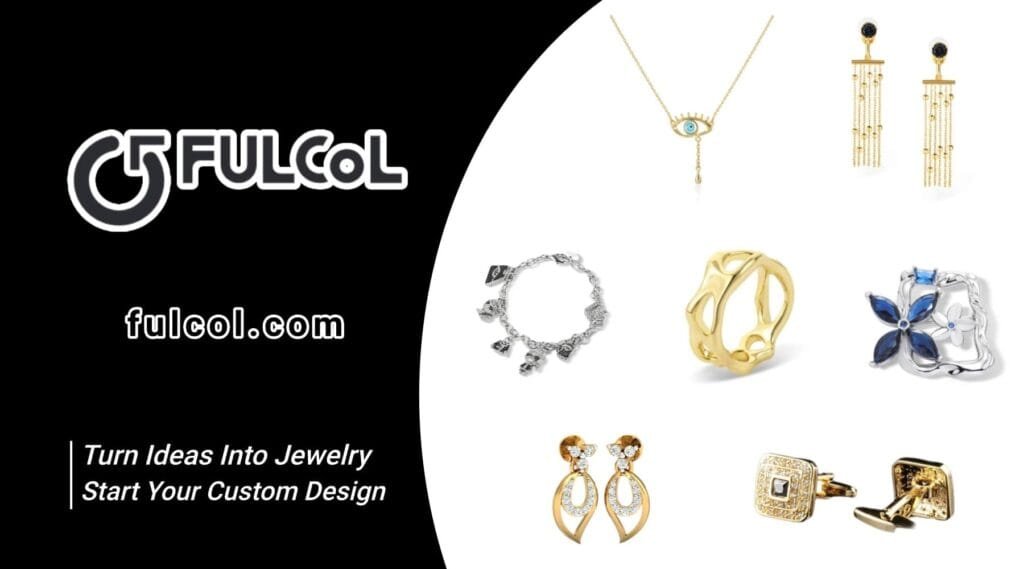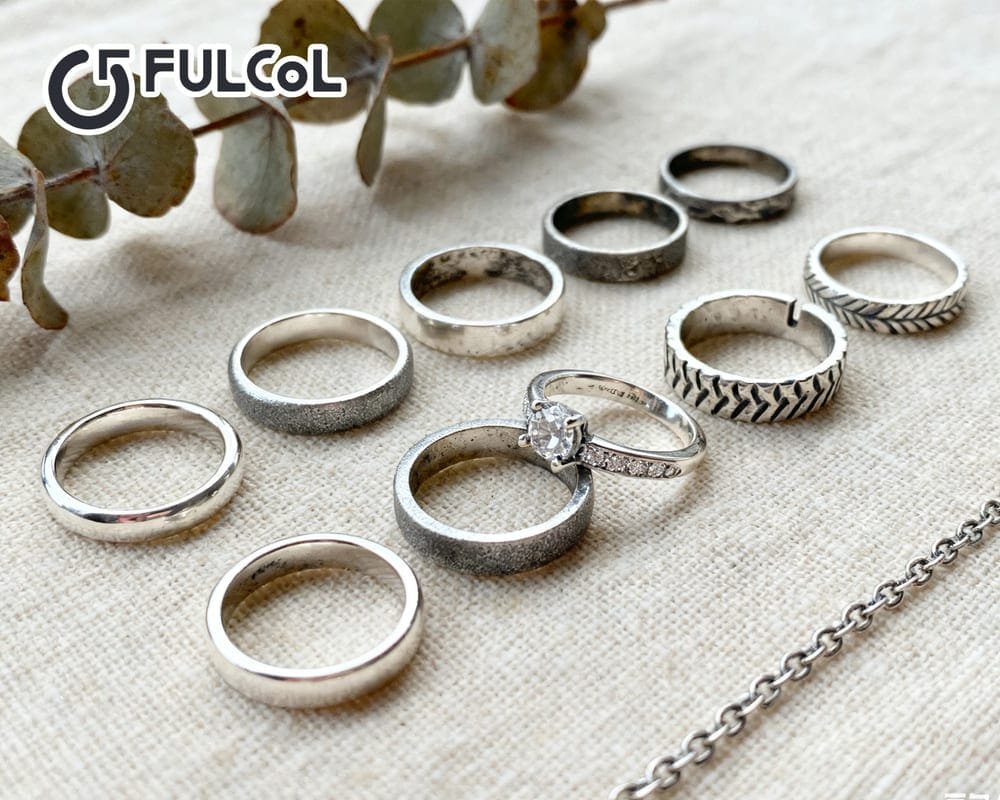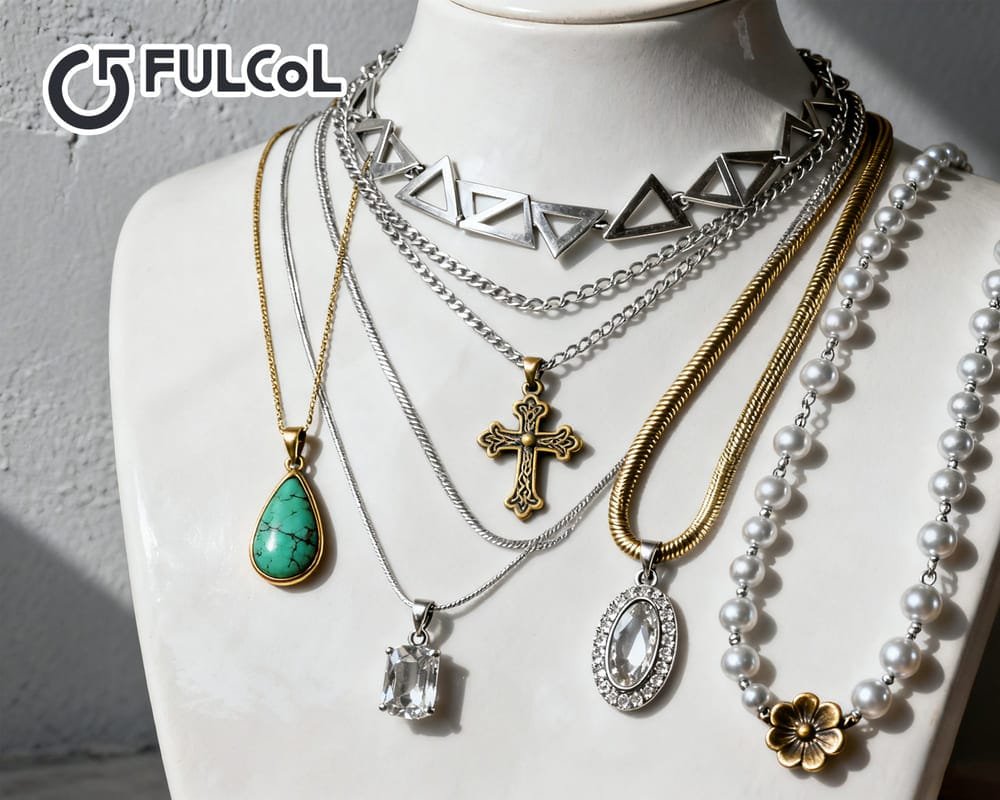In this fast-paced era with highly homogenized consumer goods, more and more people are beginning to pursue personalization and emotional expression. Customized bracelets are a carrier that connects self-aesthetics and private memories. Whether it is given to a loved one, to commemorate a special moment, or purely to express oneself, customized bracelets can become a unique existence that carries meaning.
Compared with bracelets produced on an assembly line, customized works are no longer just decorations, but a continuation of the wearer’s story. It can be a graduation commemoration, a promise of love, a remembrance of a loved one, or even a witness to a turning point in life. Every texture, every pattern, and every size choice is a process of self-definition.
Table of contents
- Understand the basic types and style choices of customized bracelets
- Material analysis: sterling silver vs brass, which one is more suitable for you?
- How to go from inspiration to design: Create your own style
- Full analysis of the process of bracelet customization
- Personalized details and customization techniques (engraving, inlay, size customization)
- Care and maintenance: Make your custom bracelet last as long as new
Understand the basic types and style choices of customized bracelets
Before starting to customize bracelets, you must first be clear about “Which type do you like?” Different bracelet types not only reflect different aesthetic styles, but also determine the subsequent production process and wearing scenarios.
Common bracelet types:
Chain Bracelet: It is composed of metal links, has good flexibility, is suitable for daily wear, and can also be matched with pendants.
Cuff Bracelet: Not completely closed, easy to wear, strong sense of structure, suitable for workplace or mature style.
Bangle: Generally fixed round, emphasizing simplicity and modernity, often used for stacking.
Wrap Bracelet: Free shape, can be wrapped several times, artistic, suitable for personality wear.
Style recommendation reference:
Minimalist style: neat lines, simple shape, suitable for women in the workplace or those who pay attention to daily matching.
Bohemian style: Prefer multi-layered and multi-element matching, common ethnic totems and color matching.
Retro style: Fusion of old crafts, such as relief, rivets, hammer texture, full of nostalgia.
Romantic style: Suitable for couples or anniversary customization, often with heart-shaped, flowers, stars and moons and other elements to express emotional meaning.
Different styles are suitable for different people and occasions, so before customization, it is recommended to sort out your own wearing purpose, is it for daily wear, or for a specific occasion? This will directly affect the subsequent design direction.

Material analysis: sterling silver vs brass, which one is more suitable for you?
When customizing a bracelet, the choice of material is crucial. Different materials not only determine the appearance and texture of the bracelet, but also affect the wearing comfort, cost budget and later maintenance.
Advantages of sterling silver bracelet (S925):
Skin-friendly: sterling silver has a high silver content (92.5%), is hypoallergenic, and is suitable for sensitive skin.
Oxidation can be repaired: silver jewelry will oxidize slightly after long-term contact with air, but it can be restored to its original color with a silver cloth or cleaning liquid.
High-end texture: sterling silver has a soft color, combining low-key and luxury, suitable for gifts or commemorative occasions.
Advantages of brass bracelets:
Higher hardness: brass is harder than silver, not easy to deform, and is suitable for complex processes such as carving and hammering.
Retro beauty: brass presents a unique bronze color after oxidation, which is deeply favored by retro and literary styles.
Affordable price: For the same volume, the price of brass is significantly lower than that of pure silver, which is suitable for people with limited budget but pursuing quality.
Summary of material comparison:
| Attributes | Pure silver (S925) | Brass |
| Allergy risk | Very low | Trace nickel may be present, so people with allergies should pay attention |
| Cost | Medium-high | Medium-low |
| Oxidation treatment | Polishable | Retro feel can be retained or restored by cleaning |
| Process ductility | Medium | Very high |
The final choice of material depends on your budget, style preference and wearing environment.
How to go from inspiration to design: Create your own style
Many people feel confused before customization: “I don’t know what style I want.” In fact, design inspiration can be extracted from bits and pieces of life.
Suggested sources of inspiration:
- Natural elements: such as leaves, waves, flowers, feathers, these are popular organic patterns.
- Cultural symbols: traditional Chinese patterns, Celtic knots, constellation totems, religious symbols, etc.
- Personal memories: commemorative landmarks, special dates, initials, signatures of loved ones, etc.
- Festivals and ceremonies: weddings, graduations, birthdays, anniversaries, baby full moons, etc. can all be used as themes.
Design communication suggestions:
- Preparing image materials or hand-drawn sketches will help designers understand your ideas.
- Clarify your preferences (such as: do you like simplicity or complexity, symmetry or free form).
- It is recommended to use basic drawing tools such as Canva, AutoCAD, and Rhino (Rhino Software) for visual sketch expression.
Remember, the essence of customization is “expression”. Even if you are not a professional designer, you can communicate with the factory designer repeatedly and gradually create your own style.

Full analysis of the process of bracelet customization
The customization process of bracelets is not complicated, but each step needs to be precisely coordinated to achieve the ideal effect. The following is the standard customization process:
Step 1: Determine requirements and creative sketches
- Communicate requirements (size, material, style) with the factory or brand
- Provide inspiration drawings or photos
- Confirm the budget range and estimated delivery cycle
Step 2: Design and modeling
- Use professional design software (such as Rhino, ZBrush) to create a 3D model
- Enter the proofing stage after the design draft is confirmed
Step 3: Prototype production and confirmation
- The factory produces wax models or 3D printed prototypes
- The customer confirms the appearance, size and feel of the sample
Step 4: Casting and process processing
- Metal smelting and casting process Molding
- Surface treatment (grinding, polishing, hammering texture, brushing, etc.)
Step 5: Inlay and engraving
- Inlay gemstones or other accessories
- Laser engraving or hand engraving
Step 6: Electroplating and quality inspection
- Electroplated gold, rose gold, platinum and other treatments (if necessary)
- Strict quality inspection of surface, size, and structural stability
Step 7: Packing and delivery
- Customized packaging (such as leather boxes, ribbons, LOGO printing)
- Overseas customers support fast shipping services such as DHL, UPS, and FedEx
It is recommended to maintain weekly communication with the manufacturer throughout the process to confirm the progress of each step and ensure that the project proceeds as planned.
Personalized details and customization techniques (engraving, inlay, size customization)
An impressive customized bracelet is often reflected in the polishing of details. The following are common personalization techniques:
Engraving suggestions:
- Content suggestions: English name, commemorative date, emotional statement (such as “forever yours”)
- Recommended fonts: Times New Roman (formal), Handwriting (personality), Monospace (sense of technology)
- Engraving position: inner circle engraving is suitable for private expression, outer circle engraving is more suitable for public emotion
Gemstone setting skills:
- Gemstone type selection: zircon (cost-effective), moissanite (close to diamond fire), natural semi-precious stone (tourmaline, garnet, etc.)
- Setting method: claw setting (classic), bezel setting (safety), nail setting (minimalist)
Size customization method:
- Use a soft ruler or string to measure the circumference of the wrist
- It is usually recommended to be slightly larger than the wrist by 1-1.5cm for the best wearing looseness
A successful custom work is not about whether it is luxurious, but about every detail reflecting the owner’s taste and care.

Care and maintenance: Make your custom bracelet last as long as new
After the custom bracelet is completed, it needs reasonable care to maintain the best condition. Different materials have different maintenance methods for bracelets:
Pure silver bracelets:
- Avoid contact with chemicals such as perfume, detergent, alcohol, etc.
- Wipe with a soft cloth after each wear
- When not worn for a long time, keep it sealed and add anti-oxidation tablets
Brass bracelets:
- It is recommended to use brass cleaner to scrub the surface regularly
- Keep dry to avoid water stains causing mottled oxidation
- You can choose to spray transparent protective paint to extend the glossiness
General suggestions:
- It is not recommended to wear it for bathing, exercise, and swimming
- Avoid mixing with other hard objects when storing to prevent scratches
- It can be sent back to the factory regularly for professional maintenance and renovation
Reasonable usage habits, coupled with proper cleaning and maintenance, can make your custom bracelet still as bright as new after many years.
| Start Your Custom Order | Email: info@fulcol.com | Number: +86 13055603907 |
Custom bracelet jewelry is not just an accessory, but also a microcosm of a life journey. It witnesses emotions, conveys blessings, records memories, and is a concrete expression of our inner temperature.
If you want to have such a unique bracelet that belongs to you, then now is the best time. No need for perfect design drawings or professional background, as long as you have a story and an idea, Fulcol fine jewelry manufacturer can provide you with full customization support from inspiration to physical objects.
In the world of jewelry, the most precious thing is not the material or the craftsmanship, but the meaning you give it.






